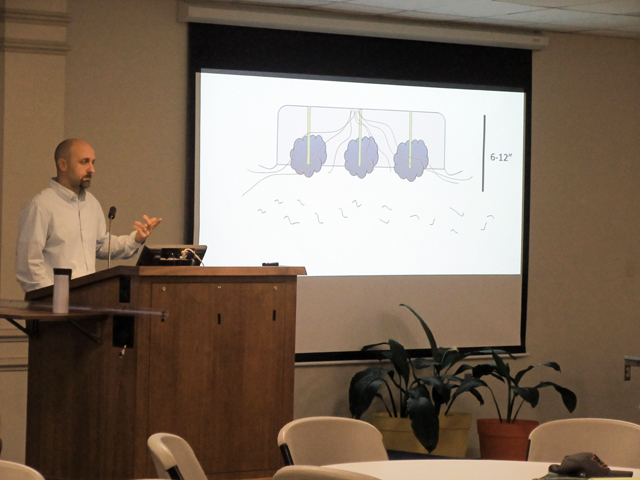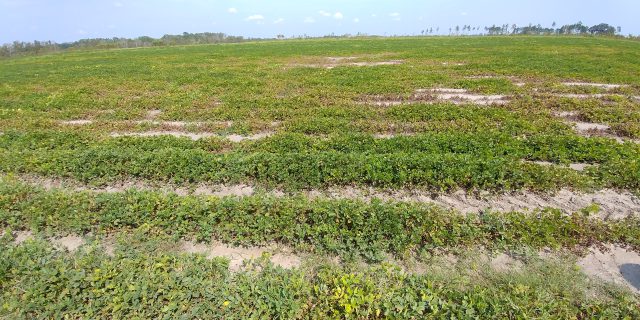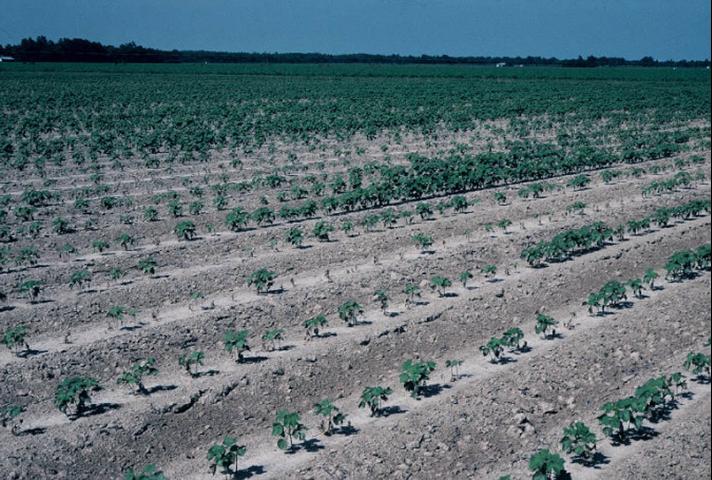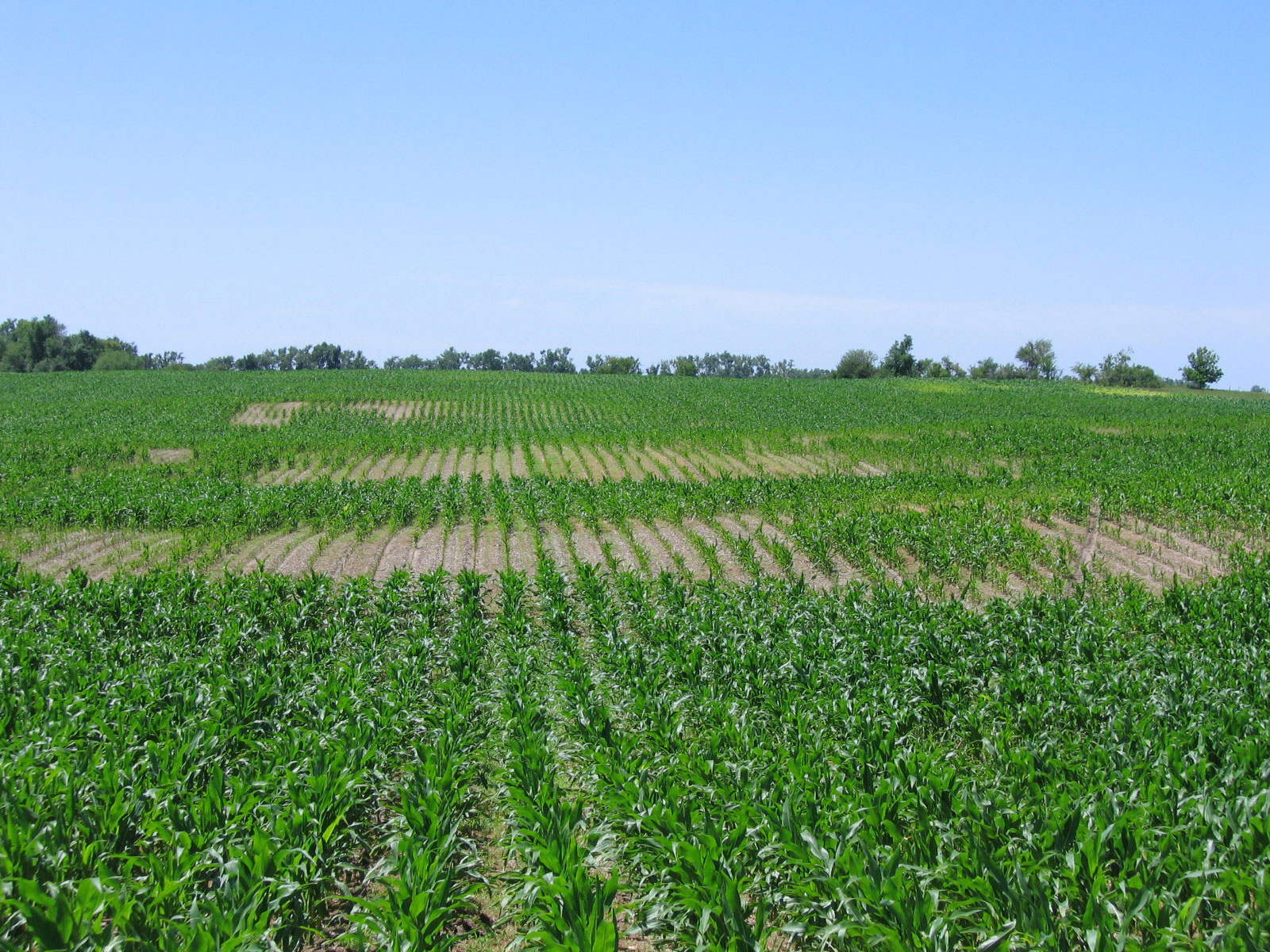
by Matt Lollar | Feb 2, 2018
Thank you to all those who attended the Tri-State Cucurbit Workshop held in Jackson County on January 25, 2018! There was a great turnout with participants from Florida, Alabama, and Georgia. Thank you to our presenters: Dr. Mathews Paret; Dr. Melanie Kalischuck; Dr....
by Zane Grabau | Jan 26, 2018
Zane Grabau, UF/IFAS Nematologist, and Ethan Carter, Regional Crop IPM Agent Nematicide application, along with crop rotation and use of resistant cultivars, is a key tool for nematode management. To that end, the number of nematicides/insecticides available to...

by Ethan Carter | Oct 13, 2017
After back to back mild winters, the 2017 growing season has been a banner year for pests. Prolonged cold weather normally diminishes pest populations, but this year pests of all types survived winter with populations that have increased dramatically. Most of the...

by Zane Grabau | Sep 29, 2017
I’ve had the opportunity to visit a number of grower fields this summer to assess potential nematode damage and I’ve often been asked this question: “Why is nematode damage worse in one section of a field than another, or worse in one field than another one...

by Zane Grabau | May 5, 2017
Plant-parasitic nematodes can drastically suppress cotton yield, often without noticeable above-ground symptoms. For this reason, nematode management is an important part of a successful operation. Nematicides, pesticides that target nematodes, can be a useful...

by Zane Grabau | Feb 3, 2017
Zane Grabau, UF/IFAS Entomology & Nematology Department & Patrick Troy, Regional Row Crop Agent Plant-parasitic nematodes, including sting, root-knot (RKN), and stubby-root nematodes among others can cause significant damage to Florida field corn. Nematicide...






